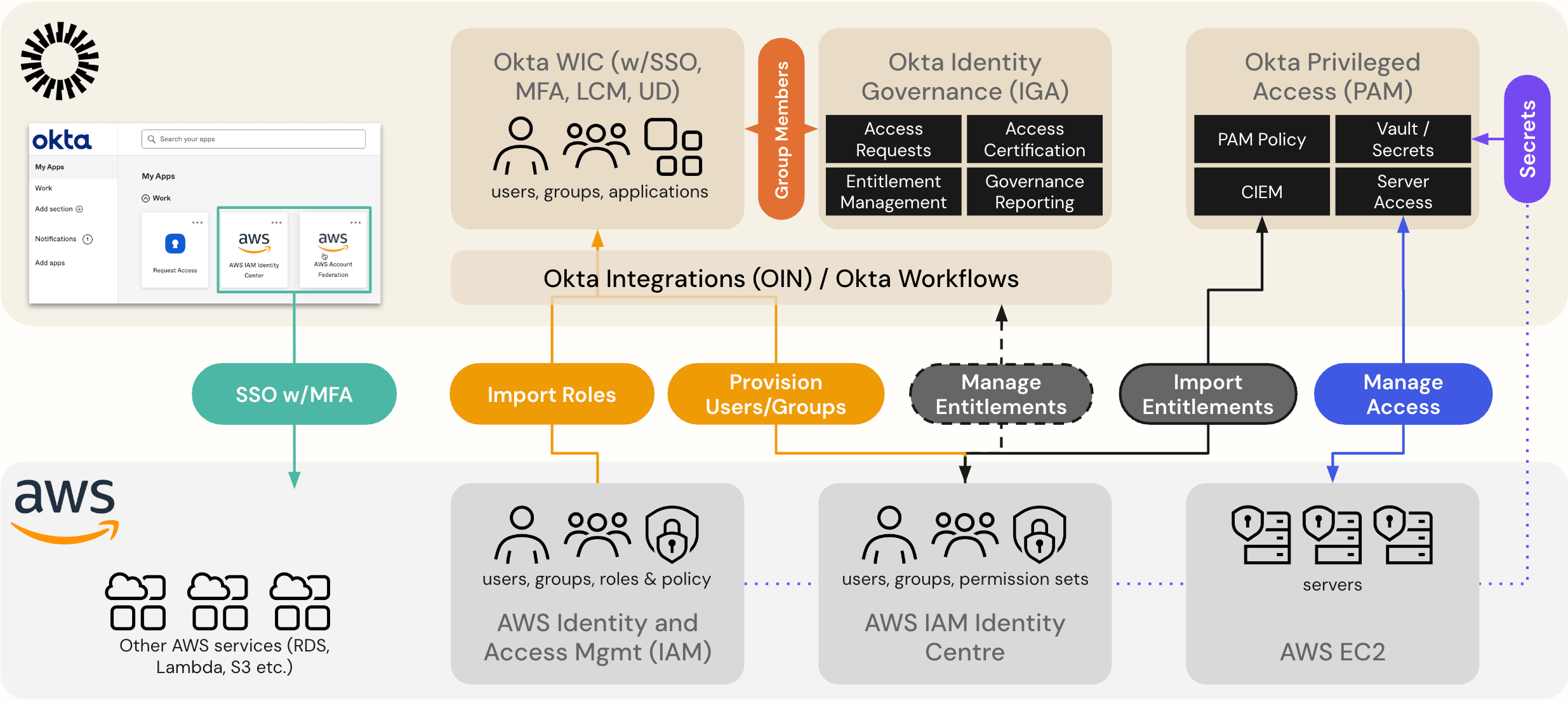
Introduction
The Lazarus group, associated with North Korea, has garnered global attention for its sophisticated cyberattacks.
As cyber security threats escalate, understanding the operations of this notorious group becomes crucial for governments and businesses alike. The term “Lazarus” is not only synonymous with the biblical figure who was raised from the dead but also represents what is seen as a resurgence of high-stakes cybercrime, particularly highlighted by the significant breaches that have impacted several sectors across the globe.
The Rise of the Lazarus Group
Emerging around 2009, the Lazarus group has since become a central player in the world of cybercrime, attributing its operations to the Reconnaissance General Bureau, the intelligence agency of North Korea. The group is believed to have engaged in a diverse array of cyber activities, ranging from financial crime to cyber espionage, operating under a well-organised structure that allows it to execute intricate operations.
One of the group’s most infamous attacks occurred in 2014 when they targeted Sony Pictures Entertainment, leading to massive data leaks and financial losses. More recently, the group has been implicated in the 2021 attack on the cryptocurrency platform Axie Infinity, which resulted in the theft of approximately $615 million, one of the largest hacks in history.
Impact on Cybersecurity
The actions of the Lazarus group have prompted significant concerns in cybersecurity circles, with experts warning about the potential for similar attacks across various industries. In response to the increasing threat, organisations are investing in stronger cybersecurity measures, data protection strategies, and employee training on detecting phishing attempts and preventing malware infiltration.
The group’s operations have also raised questions regarding international cybersecurity policies and the need for collaborative efforts in combating state-sponsored cybercrime. Cybersecurity frameworks and incident response strategies are being reassessed to ensure they are equipped to handle such sophisticated threats.
Conclusion
The Lazarus group’s ongoing activities underscore the evolving nature of cyber threats in our interconnected world. As they continue to adapt and innovate, the impact of their actions could have lasting effects on global cybersecurity infrastructure. Moving forward, organizations must remain vigilant, continually update their defenses, and collaborate internationally to mitigate the risks posed by such formidable adversaries. The Lazarus group’s notoriety serves as a stark reminder of the importance of securing not just individual entities, but cumulative global cyber resilience.
You may also like

What You Need to Know About ‘The Hack’ Cybersecurity Incident

The Significance of Okta in Modern Identity Management
